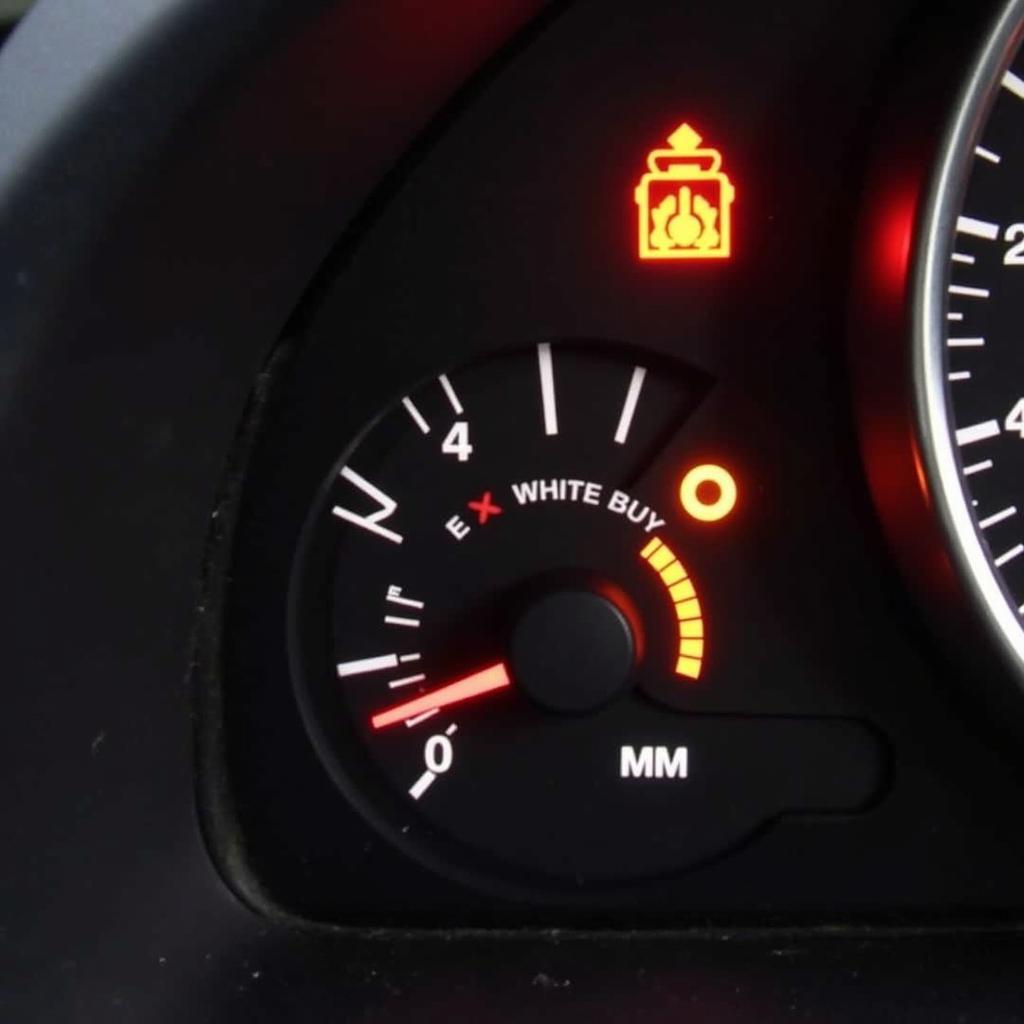The sequential program model for seat belt warning systems is a critical component in modern vehicles, ensuring driver and passenger safety. This model uses a specific sequence of steps to alert occupants about unbuckled seat belts, ultimately promoting safe driving practices.
How the Sequential Program Model Works
The sequential program model for seat belt warning systems typically involves a series of steps:
1. Seat Belt Detection
- The system begins by sensing whether a seat belt is fastened or unfastened. This is usually achieved using a microswitch embedded in the buckle.
- When a seat belt is unbuckled, the switch sends a signal to the vehicle’s electronic control unit (ECU).
- This signal triggers the warning system to activate.
2. Warning Stage 1: Audible Alert
- Initially, the system will usually emit a short, audible alert sound. This could be a chime or a beep, and its purpose is to immediately notify the occupant that their seat belt is unbuckled.
3. Warning Stage 2: Visual Indicator
- If the seat belt remains unbuckled, the system will activate a visual indicator. This may be a warning light on the dashboard, or a display message that informs the driver or passenger about the unfastened seat belt.
4. Warning Stage 3: Persistent Reminder
- Depending on the vehicle’s model and settings, the warning system may escalate its reminders. This might involve a combination of repeated audible alerts, flashing visual indicators, or even a temporary loss of some vehicle functions until the seat belt is fastened.
5. Seat Belt Fastening
- When the seat belt is finally fastened, the system will detect this change.
- It will then deactivate the warning system, terminating the audible alerts and visual reminders.
The Importance of the Sequential Program Model
- “The sequential program model is a crucial aspect of vehicle safety, ensuring that drivers and passengers are properly restrained in the event of an accident,” emphasizes Dr. Emily Carter, a leading automotive safety expert.
This model provides a well-defined and systematic approach to warning occupants about unfastened seat belts. By starting with a simple alert and escalating the reminders as needed, it helps to promote driver and passenger safety.
Frequently Asked Questions
1. Why are seat belt warning systems important?
Seat belt warning systems are crucial for promoting safe driving practices. They help ensure that drivers and passengers are properly restrained, reducing the risk of severe injuries in the event of an accident.
2. How does the sequential program model differ from other types of warning systems?
The sequential program model distinguishes itself by using a series of escalating alerts, starting with a simple reminder and becoming more insistent as the seat belt remains unfastened. This approach is designed to maximize the driver and passenger’s attention and encourage them to buckle up.
3. Can I disable the seat belt warning system?
While some vehicles allow for customization of warning settings, it’s generally discouraged to disable the seat belt warning system entirely. It’s designed to protect you and your passengers, and deactivating it could compromise your safety.
4. Why does my seat belt warning system sound even when I’m buckled?
If your seat belt warning system is sounding even when you are buckled, it could indicate a problem with the system’s sensors or wiring. It’s recommended to contact a qualified automotive technician to diagnose and repair the issue.
5. How can I ensure my seat belt warning system is functioning correctly?
You can test your seat belt warning system by unbuckling your seat belt while driving. The system should activate, and then deactivate once you buckle up again. If the system doesn’t function as expected, it’s important to have it checked by a professional.
Conclusion
The sequential program model for seat belt warning systems is a critical feature in modern vehicles, designed to promote driver and passenger safety. By utilizing a well-defined sequence of alerts, it encourages occupants to buckle up, minimizing the risk of serious injuries in the event of a collision. Always be sure to check your owner’s manual for specific details about your vehicle’s seat belt warning system and how it functions.

